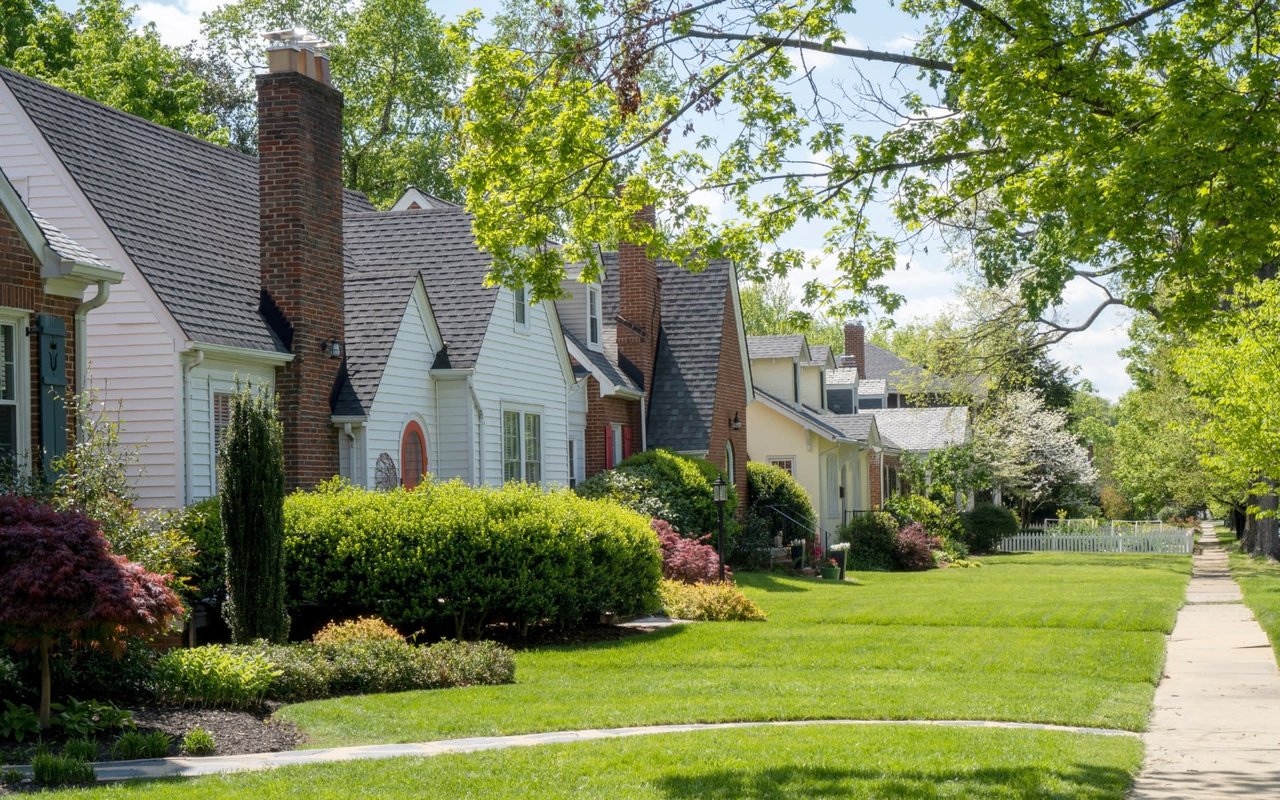Do you want to find a new home, but are discouraged by all the doomsayer messages in media about the current condition of real estate? Then I have good news: this is not the first time the sky has fallen on mortgage rates. Though, for some reason, less people are taking advantage of the situation and making the move they want.
Looking back through the years, it’s easy to see how the current 7-8% mortgage interest rates are still not as bad as it can get. Only 30 years ago, we had 10+% mortgage interest rates. Back in the early 80’s, when I purchased my first home, interest rates were 18%. Yet, even with higher mortgage rates, people were taking the leap into homeownership.
How did they do it when rates were higher? I’m no mortgage professional, so I can’t answer that beyond sharing what I’ve seen in my 37 years of experience on the REALTOR® side. Of the many tools in the REALTOR® negotiation kit, a mortgage package known as a temporary buydown has proven successful in the right conditions.
In this article, I’ll present my REALTOR®’s perspective on temporary buydown mortgage packages. From what a “temporary buydown” usually means to walking through an easy math example.
What is a temporary buydown mortgage?
A temporary buydown mortgage is when interest is paid ahead of time to get the buyer a temporarily better interest rate. That payment comes from the seller or builder, and the contribution is equal to at least the amount the buyer saves during the term of the buydown. That contribution is then set aside in an account, which automatically pays its portion of the mortgage each month. The specifics of how this works is something best left to the mortgage professionals, who I recommend you consult with for the finer details. Once they have all of your information, they’ll be able to advise about which packages are best for your circumstances.
There are several popular styles of temporary buydown in real estate. Each of them brings their own benefits and risks. To keep things manageable, we’ll only look at 2-1 buydowns. In this style, the interest rates are lowest in the first year, providing the most monthly and annual savings in that first year after moving. The second year of the mortgage, the interest rate increases, though not all the way. When that third year comes along, the note rate takes over for the rest of the life of the mortgage.
To get a better picture of how this all works out, numbers speak louder than words. Since I’m not a mortgage professional, we’ll use round numbers for easier math. Let’s consider a $500,000 loan at a 7.5% note rate over 30 years. Here’s a chart breaking things down:
|
Year |
Interest Rate |
Monthly Payment |
Monthly Savings |
Annual Savings |
|
1 |
5.5% |
$2,828.95 |
$657.12 |
$7,885.44 |
|
2 |
6.5% |
$3,160.34 |
$335.73 |
$4,028.76 |
|
3-30 |
7.5% |
$3,496.07 |
N/A |
N/A |
- First Year (5.5% Interest Rate): The monthly payment would be $2,828.95, providing a monthly savings to the buyer of $657.12 and an annual savings of $7,885.44 compared to the note rate.
- Second Year (6.5% Interest Rate): Payments increase to $3,160.34 monthly, but buyers still save $335.73 per month, totaling $4,028.76 for the year.
- Years 3-30 (7.5% Interest Rate): The monthly payment settles at $3,496.07, which is the standard rate without savings.
This example clearly demonstrates the financial benefits for buyers during the first two years of a mortgage. In our scenario, the total savings amount to $11,914.20. This sum, set aside by the seller or builder for the buydown, significantly eases the financial burden during the initial years of homeownership. Such upfront savings can be particularly valuable for new homeowners as they adjust to the responsibilities of mortgage payments.
But, Jon?
But Jon, if these mortgage packages are so good, why don’t people use them all the time? Each individual real estate journey is unique, and so, too, are their solutions. Every home, every person, and every transaction are unique. When circumstances become tough, more creative mortgage packages appear. I heavily recommend working with a mortgage professional to figure out what option is best for you. As your real estate agent, I’m here to let you know these options exist.
If you believe the news media, the sky has been falling in real estate ever since the Fed began increasing interest rates in 2022. We’re still many percentage points away from the highest it’s been in my 37 years of real estate experience, yet it feels like fewer people than ever are buying homes. Hopefully this perspective from the past helps you move into the future. You just have to take that first step.
Conclusion
Thank you for walking down memory lane with me! Looking back at how people found a way in even tougher interest times has been encouraging for me. Do you remember the types of mortgages you’ve had throughout the years? I’d love to hear about them!
Do you know anyone who might be interested in learning more about any of the other topics I’ve covered? Please send them to my blog page! And if you’ve learned anything today, please let me know! As always, I strive to talk about topics that relate to you. If there’s something you’d like to see featured in Jon’s Corner, please reach out and let me know!





